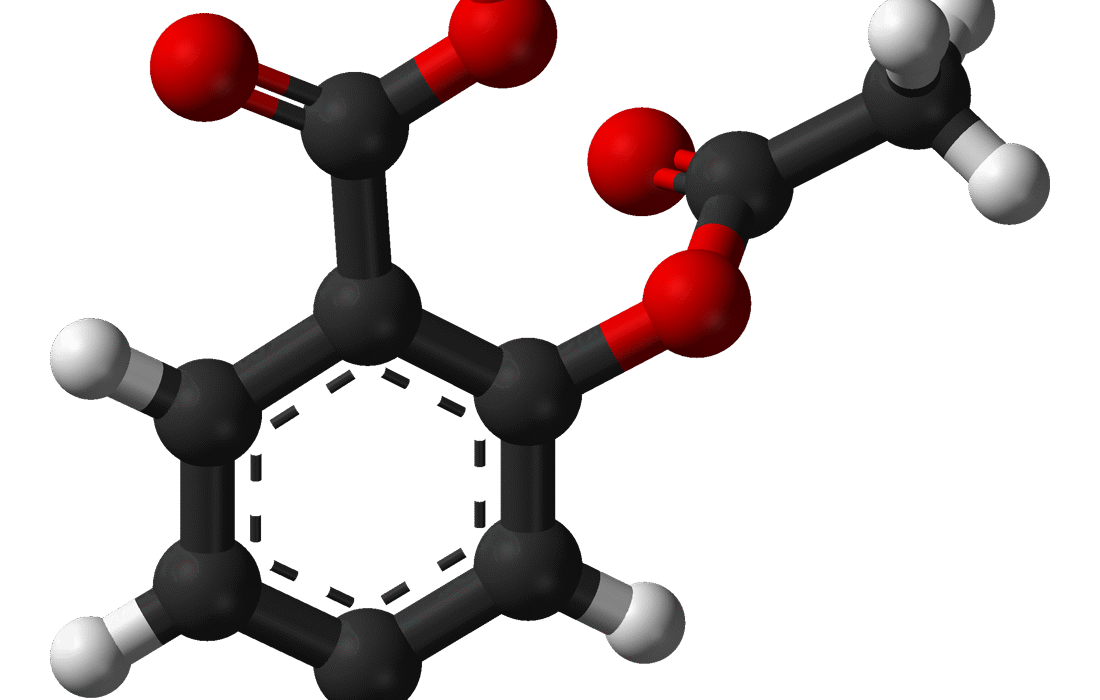In the world of oncology, where most breakthroughs come after years of incremental progress, the latest findings from a phase 2 clinical trial offer a striking glimpse into a potential future for patients with advanced cutaneous squamous cell carcinoma (cSCC). This common yet potentially deadly skin cancer may soon face a formidable new therapeutic pairing: the immunotherapy drug avelumab and the targeted agent cetuximab. According to research presented at the American Society of Clinical Oncology (ASCO) annual meeting and published in the Journal of Clinical Oncology, this combination therapy extended progression-free survival nearly fourfold compared to avelumab alone.
But to fully appreciate this moment, it’s important to understand the significance of the challenge being tackled—and the bold science behind the potential solution.
A Common Cancer with a Rare but Lethal Turn
Each year, over 1.8 million Americans are diagnosed with cSCC, the second most common form of skin cancer after basal cell carcinoma. Most of these cases are relatively benign, resolved with simple surgical excision. But a small subset—about 5%—take a far more sinister course. These tumors become locally advanced and inoperable, or worse, metastasize to distant parts of the body. In such cases, treatment options become limited, and the prognosis turns grim. These patients often face a future measured in months, not years.
“Once cSCC advances, the focus shifts from cure to controlling the disease for as long as possible,” said Dr. Dan Zandberg, lead investigator of the study and associate professor of medicine at the University of Pittsburgh. His team aimed to flip that narrative, or at the very least, extend it meaningfully.
The Birth of a Trial: Science, Strategy, and Hope
Zandberg spearheaded the Alliance A091802 trial, conducted in collaboration with the Alliance for Clinical Trials in Oncology through the National Cancer Institute’s (NCI) National Clinical Trials Network. The trial’s mission was ambitious: to determine whether combining two agents that modulate the immune system differently could enhance outcomes for patients with advanced cSCC.
The study enrolled 57 patients nationwide, with Zandberg’s home institution, UPMC Hillman Cancer Center, leading recruitment efforts. Patients were randomly assigned to one of two arms: avelumab monotherapy or a combination of avelumab and cetuximab. Those in the monotherapy group whose disease progressed were permitted to crossover to the combination therapy, giving researchers valuable insights into how the timing of the combination might affect outcomes.
Understanding the Mechanism: Brake Meets Gas Pedal
To appreciate why this trial generated such excitement, one must delve into the biology of the immune system and how these two drugs uniquely interact with it.
Avelumab is part of a class of drugs called immune checkpoint inhibitors, which target the PD-L1 protein found on tumor cells. Normally, PD-L1 binds to the PD-1 receptor on T cells, effectively acting as a “brake” that stops T cells from attacking the tumor. Avelumab blocks this interaction, releasing the brake and unleashing the immune system to combat cancer.
Cetuximab, on the other hand, is a monoclonal antibody targeting the epidermal growth factor receptor (EGFR), a protein frequently overexpressed in cSCC. But cetuximab does more than just block tumor growth signals. It activates natural killer (NK) cells, prompting them to destroy tumor cells directly, and stimulates dendritic cells, which in turn prime T cells for action.
“The rationale for the combination is elegant,” Zandberg explained. “Avelumab releases the immune brake, and cetuximab hits the gas. Together, they may propel the immune system into overdrive against the tumor.”
The Results: A Glimmer of Hope in a Grim Landscape
And the results didn’t disappoint. Patients who received the avelumab-cetuximab combination had a median progression-free survival (PFS) of 11 months—a dramatic improvement over the 3-month PFS in the avelumab-only group. That’s nearly four times longer before the cancer began to worsen.
Moreover, patients who crossed over to the combination therapy after their disease progressed on avelumab alone also appeared to benefit. Their PFS matched that of patients who received the combination from the beginning, indicating the potential viability of a sequential strategy.
“The synergy between these drugs appears to be real,” Zandberg said. “This isn’t just an additive effect—it’s a biologically meaningful interaction.”
Beyond the Numbers: A Trial with Rippling Implications
Despite the encouraging data, Zandberg and his team are cautious. Since the trial launched, two other PD-1 inhibitors—cemiplimab and pembrolizumab—have gained FDA approval and demonstrated even better efficacy than avelumab alone in cSCC. So while this particular combination may not become a new standard of care right away, its scientific implications are substantial.
“This trial marks the first prospective randomized study comparing cetuximab plus immune checkpoint blockade versus checkpoint blockade alone in cSCC,” said Zandberg. “It gives us a vital proof of concept and lays the groundwork for future trials using better backbone therapies like pembrolizumab or cemiplimab with cetuximab.”
There’s also an intriguing implication for how oncologists might handle patients who fail on immunotherapy. Currently, patients whose disease progresses on checkpoint inhibitors are often switched to cetuximab or chemotherapy. But this study suggests a potentially superior approach: continuing immunotherapy and adding cetuximab rather than switching outright.
Mapping the Future: Clinical and Scientific Directions
As the oncology community digests these findings, new questions arise. Could the synergy observed in this study extend to other cancers, like head and neck squamous cell carcinoma, where both PD-1 inhibitors and EGFR inhibitors are already used? Could future trials with triple therapy—adding chemotherapy to avelumab and cetuximab—push the boundaries even further?
Another layer of complexity is biomarker development. If researchers can pinpoint which patients are most likely to respond to this combination—perhaps those with specific EGFR mutations or immune signatures—precision medicine could take another leap forward.
“Biology is the key,” Zandberg noted. “Understanding how tumors evade immune surveillance and how to best counteract those strategies will unlock the next generation of combination therapies.”
Patient Impact: Where Science Meets Humanity
For patients with advanced cSCC, this research represents more than clinical endpoints or statistical milestones. It’s about gaining time, maintaining dignity, and preserving hope.
“Every extra month of stable disease matters immensely,” said Zandberg. “It gives patients more time with their families, more time to enjoy life, and more opportunities to benefit from the next breakthrough. That’s what drives us.”
Conclusion: A Trial That Illuminates a Path Forward
In cancer research, victories are rarely absolute—but they are always valuable. The avelumab-cetuximab trial offers one such victory. It doesn’t claim to cure advanced cSCC or upend the current treatment paradigm overnight. Instead, it pushes the envelope, highlights a biologically sound synergy, and suggests a new strategy for patients who fail existing immunotherapies.
In doing so, it reaffirms a core truth of oncology: that with the right combination of insight, collaboration, and courage, progress is not only possible—it’s inevitable.
And for patients fighting for each day, that progress is the most vital medicine of all.
Reference: Dan P. Zandberg et al, Phase II (Alliance A091802) Randomized Trial of Avelumab Plus Cetuximab Versus Avelumab Alone in Advanced Cutaneous Squamous Cell Carcinoma, Journal of Clinical Oncology (2025). DOI: 10.1200/JCO-25-00759






